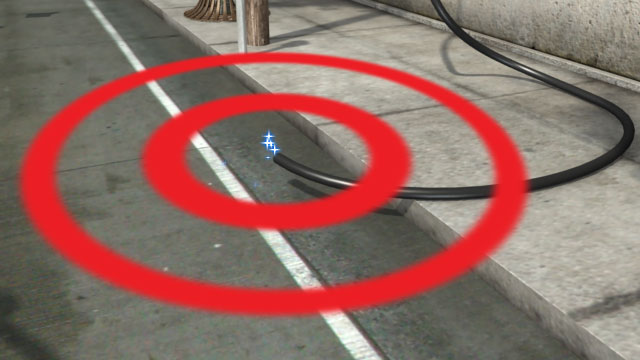




Electric Shock
Electrical appliances and machinery are found in virtually every home and workplace. While they are common and convenient, they can also be quite dangerous. Thousands of people are shocked every year. An average of 60 people die each year from electric shock from small appliances, power tools, and lighting equipment. Knowing how to reduce the risk of electric shock, as well as how to respond should an injury occur, is essential for everyone.
Request a demoCourse Details
Learning Objectives
By the end of this course, you will be able to:
- Describe electricity basics
- Define electric shock and other electrical hazards
- Identify safety precautions when working with electricity
- Identify variables affecting a person’s injuries from an electric shock
- Identify possible injuries and symptoms of electric shock
- Describe emergency rescue and care for an electric shock victim
Specs
| Course Level | Intermediate |
| Languages | English |
| Compatibility | Audio, Video, MobileReady, Responsive |
| Based on: | NFPA 70E: Standard for Electrical Safety in the Workplace® |
Key Questions
What are the three factors that affect the severity of electric shock?
The amount of current flowing through the body, the path of the current through the body, and the length of time the body is in the circuit.
How does an electric current mainly cause injury?
The three main ways that an electric current can cause injury are through: cardiac arrest from the electrical effect on the heart, muscle, nerve, and tissue destruction from the current passing through the body, and thermal burns from contact with the source of the electrical current.
What are some indirect injuries that are associated with electric shock?
Common indirect injuries can include: slips, trips, or falls from high surfaces, burns from working with hot equipment, such as in welding, and lacerations and cuts from falling into moving equipment.
What are some symptoms of someone who’s been electrically shocked?
Some of the symptoms of electric shock are: the victim losing consciousness, having a weak or irregular pulse, problems with or no breathing at all, and small burns appearing at the entry and exit points of the electric current.
Sample Video Transcript
The electrical appliances and machinery are found in virtually every home and workplace. While they are common and convenient, they can also be quite dangerous. Thousands of people are shot every year, an average of 60 people die each year from electric shock from small appliances, power tools, and lighting equipment Knowing how to reduce the risk of electric shock, as well as how to respond should an injury occur is essential for everyone.
Additional Resources
- U.S. Department of Labor’s Occupational Safety & Health Administration (OSHA) – www.osha.gov
- OSHA Training Publications – https://www.osha.gov/Publications/3075.html
- OSHA Training Publications – https://www.osha.gov/Publications/electrical_safety.html
- OSHA Safety and Health Topics – https://www.osha.gov/SLTC/electrical/
Course Applies To
Demos + Pricing
Learn more about our courses, get pricing, and see our platform.











